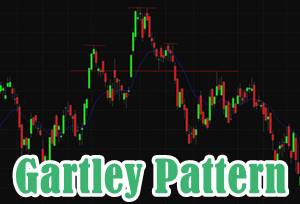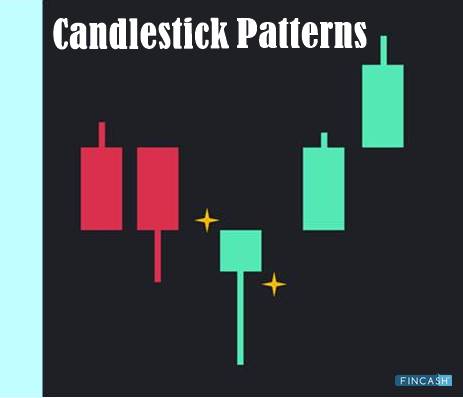
Table of Contents
Gartley Pattern
What is the Gartley Pattern?
This one is a harmonic chart pattern, which is based on Fibonacci ratios and numbers that assists traders comprehend reaction lows and highs. In the book published back in 1932 – Profits in the Stock Market – H.M. Gartley has pointed the harmonic chart patterns’ foundation.

This pattern is widely and commonly used pattern. Even Larry Pesavento applied Fibonacci ratios to the pattern in his published book – Fibonacci Ratios with Pattern Recognition.
Explaining Gartley Patterns
The Gartley pattern is one of the most commonly used harmonic chart patterns. Basically, harmonic patterns operate on the foundation that the sequences of Fibonacci can easily be used to develop geometric structures like retracements and breakouts in prices.
The ratio of Fibonacci is common and has become a widely used focus point among worldwide technical analysts who use a variety of tools like time zones, clusters, fans, extensions, and Fibonacci Retracements.
Several technical analysts use this pattern along with other technical indicators or chart patterns. For instance, this pattern may offer a wider picture overview of where the price may go beyond the long-term; while traders concentrate on Investing in short-term trades that go in the predicted trend’s direction.
The breakdown and breakout price targets may also get used in the form of resistance levels and support by several traders. Basically, the primary advantages of such chart patterns are that they offer certain insights into the magnitude and timing of price movements instead of just looking at one Factor to another.
Also, there are other well-known geometric chart patterns that famous traders use helps them acquire the same predictions of trends in the future, dependent on the price movements and their relation to one another.
Talk to our investment specialist
Identifying a Gartley Pattern
Basically, this pattern is dependent on a series of varied labelled points in an overall price movement. Here is a method that can help you discover a Gartley pattern-
- The movement will be starting with X to A, and there are no certainties for discovering the X to A Leg
- The distance between A to B should be closer to 61.8% of the X to A movement’s size as this is where Fibonacci starts becoming relevant to the entire pattern
- The movement between B to C should be a retracement of either 88.6% or 38.2% of the A to B movement; if the B to C movement is retracing above the point A, the Gartley pattern is annulled
All efforts have been made to ensure the information provided here is accurate. However, no guarantees are made regarding correctness of data. Please verify with scheme information document before making any investment.







